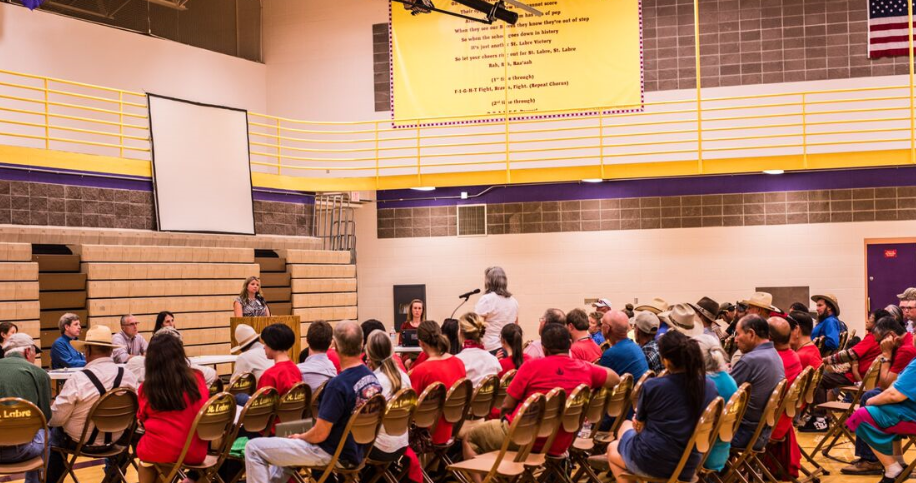Lame Deer, Montana is a quiet town of 2,000 people. But in recent months, this community has shown that despite its small size, it has a loud voice. Lame Deer is the tribal headquarters for the Northern Cheyenne Nation, and it has become ground zero for the fight over the future of coal in the Northern Powder River Basin.
The debate in Montana is over the proposed construction of the Tongue River Railroad and the Otter Creek coal mine it would serve. The Otter Creek mine, owned by near-bankrupt Arch Coal, is just south and east of Ashland, Montana. Right now the Otter Creek Valley is pristine ranch land, nestled between the rocky hills of Custer National Forest. If Arch Coal has its way, it would become the one of the largest coal mines in the United States. In order for Arch to achieve its goal, the Tongue River Railroad needs to lay 42 miles of track through unindustrialized ranch land and the ancestral homeland of the Northern Cheyenne tribe. While the final destination of the coal is unknown, the coal industry has been very clear that it believes its future is dependent on Asian markets.
The 42 miles of railway would cut directly through the heart of southeast Montana. The railroad’s lawyers are threatening local ranchers with eminent domain to take land that has been in families since the late 1800s. Not only is the railroad a threat to property rights, but it would devalue the very land itself -- splitting ranchlands in half, separating cattle from their water sources, and stressing animals. Taxes are expected to increase as well as overpasses and safety crossings will need to be built, all out of the community’s pocket.
Wildlife in the area will be greatly threatened as well -- the corridor for the train cuts through land that identified as critical winter habitat for declining mule deer and pronghorn antelope. It would also destroy wetlands, which provide important habitat for birds. All this for a coal mine that has yet to even acquire a mining permit, a “railroad [that] would serve only one coal company giant, Arch Coal, which intends to sell the coal to China and other Asian countries.”
If you know anything about southeast Montana, you know that ranchers, tribal members, and the people who love the rough grasslands don’t take kindly to out-of-town lawyers swaggering into town, threatening to take land, degrade water, and destroy historical sites. While the billionaires who own the railroad, Forrest Mars and Warren Buffett, have brought suits and briefcases to the fight, they have been met by cowboy hats and drums. A coalition has sprung from the prairie of ranchers, tribal members, hunters, environmental organizations and conservationists. They have one goal: to stop the Tongue River Railroad.
Between June 8 and June 12, the Surface Transportation Board held 10 public hearings in communities along the route. Hundreds of people who live in and around the impacted area testified against the construction of the railroad. Rural Montanans don’t live in remote areas for the ease of life. They live there because they love clean air, quiet nights on the porch, pristine water, and a deep connection to the land that provides for them. They fight this railroad because they will not let anyone take that life away from them.
On June 11, Lame Deer came together against the Tongue River Railroad, as had people in Ashland, Miles City, and Colstrip before them. More than 350 people graced the tribal building where the hearings for the project were held, accounting for 17 percent of the town’s population. The hearing went two hours longer than scheduled as one individual after another rose up and explained why they didn't want the Tongue River Railroad or the mine it would serve. Veterans, former coal miners, ceremonial men and women, youth, elders: all of them got up and opposed this project.
The fight against the Tongue River Railroad is far from over. The Surface Transportation Board will be accepting written comments until August 24. You can comment here, too. Tell the Surface Transportation Board that their study of the environmental impacts was wholly inadequate and that they have no choice but to select the “No Action Alternative” and deny this railroad.
